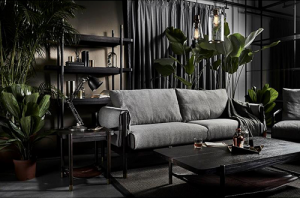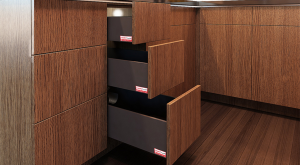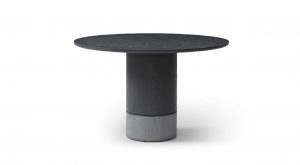Featured Post
The Definitive Guide to Upholstery Maintenance
Upholstery maintenance is essential for preserving the beauty and longevity of your furniture. Whether it's a cozy sofa, an elegant armchair, or a luxurious bed, proper care can keep your pieces looking new for years. This guide will walk you through the best practices for maintaining different types of upholstery, from fabric to leather and vinyl. We'll cover everything from routine cleaning to dealing with stubborn stains, ensuring your furniture remains a centerpiece in your home.
Understanding Upholstery Materials
Before diving into maintenance tips, it's crucial to understand the different types of upholstery materials and their unique needs.
- Fabric Upholstery: Fabric is versatile and comes in various textures and patterns. However, it can be prone to stains and wear. Regular vacuuming and prompt stain treatment are key.
- Leather Upholstery: Leather exudes luxury and durability but requires specific care to prevent drying and cracking. Conditioning and gentle cleaning are essential.
- Vinyl Upholstery: Vinyl is a cost-effective alternative to leather, offering durability and easy cleaning. However, it can be susceptible to scratches and discoloration.
Each material has its own set of care instructions, so identifying your upholstery type is the first step in proper maintenance.

General Maintenance Tips
Regardless of the material, some maintenance practices apply universally:
- Regular Vacuuming: Vacuum your upholstery weekly using a soft brush attachment. This gentle approach removes dust and debris without damaging the fabric.
- Spot Cleaning: Address spills immediately with a clean, damp cloth to prevent stains from setting.
- Avoid Direct Sunlight: Prolonged exposure to sunlight can fade and damage upholstery. Use curtains or blinds to protect your furniture.
- Rotate Cushions: If possible, rotate and flip cushions to ensure even wear.
These simple steps can significantly extend the life of your upholstery.
Specific Care for Fabric Upholstery
Fabric upholstery requires a bit more attention due to its susceptibility to stains and dirt buildup.
- Cleaning: Use a mild detergent mixed with water for general cleaning. Test any cleaning solution on a hidden area first.
- Stain Removal: For tough stains, consider using a fabric-specific cleaner or a mixture of vinegar and water. For example, for wine stains, blot the area with a clean cloth, then apply a mixture of dish soap and hydrogen peroxide. Let it sit for a few minutes before blotting again.
- Protection: Apply a fabric protector spray to repel liquids and prevent stains.
Remember to check the manufacturer's cleaning codes (W, S, WS, X) to determine the best cleaning method for your fabric.
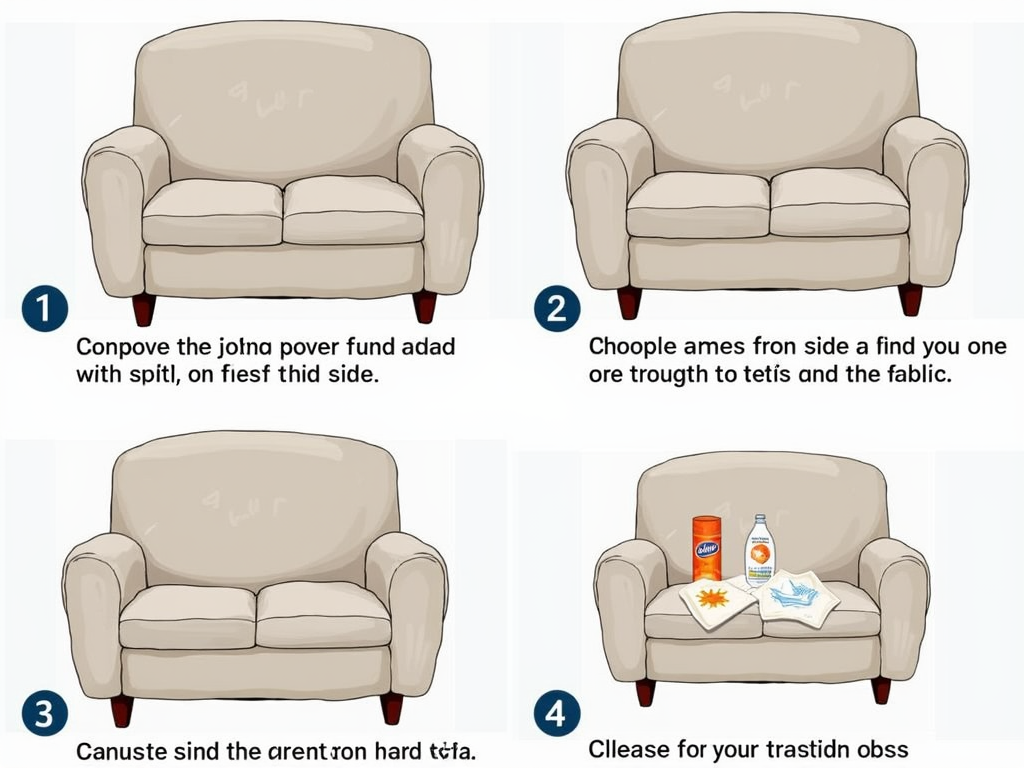
Specific Care for Leather Upholstery
Leather is a premium material that demands special care to maintain its appearance and suppleness.
- Cleaning: Wipe down with a damp cloth regularly. For deeper cleaning, use a leather-specific cleaner.
- Conditioning: Apply a leather conditioner every 6-12 months to keep the material moisturized and prevent cracking. I've found that conditioning my leather sofa every six months keeps it looking supple and prevents those unsightly cracks that can develop over time.
- Avoid Harsh Chemicals: Never use harsh chemicals or abrasive cleaners on leather, as they can damage the finish.
Proper care will ensure your leather furniture ages gracefully, developing a rich patina over time.
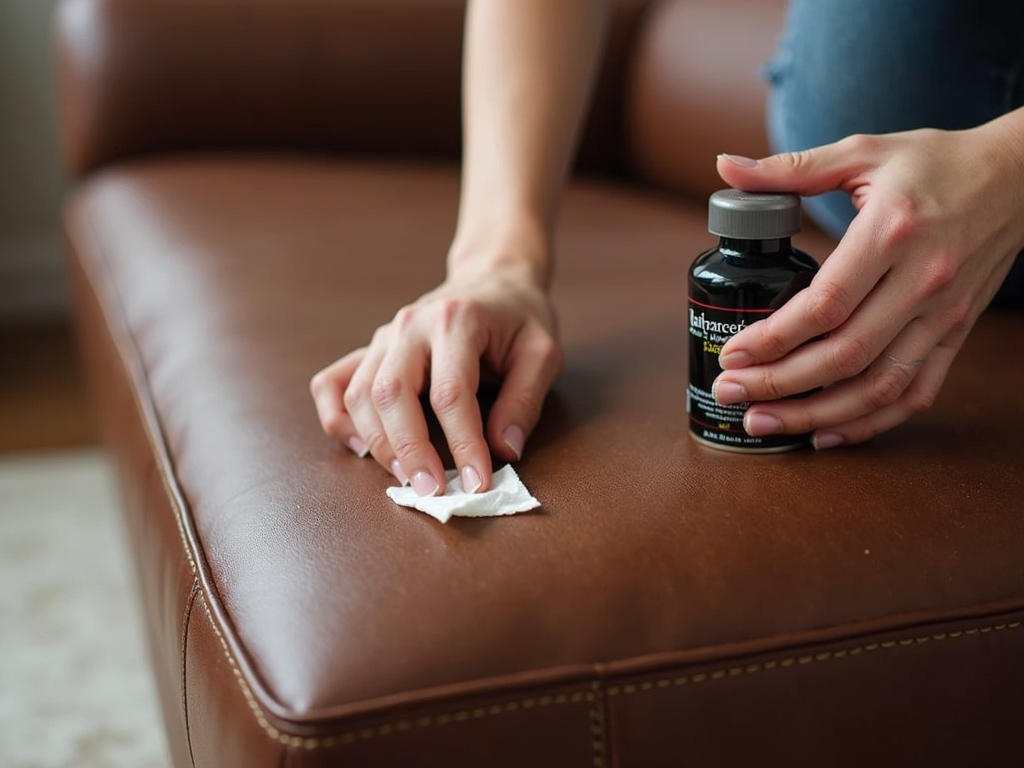
Specific Care for Vinyl Upholstery
Vinyl is relatively low-maintenance but still requires attention to keep it looking good.
- Cleaning: Use a mixture of mild soap and water for routine cleaning. Avoid bleach or ammonia-based cleaners.
- Preventing Scratches: Be cautious with sharp objects, as vinyl can scratch easily.
- Moisturizing: Occasionally, apply a vinyl conditioner to maintain flexibility and prevent cracking.
With proper care, vinyl upholstery can remain vibrant and durable for years.

Dealing with Common Issues
Upholstery can face various challenges, from stains to odors and wear. Here's how to tackle them:
- Stains: Identify the type of stain and use the appropriate cleaner. For fabric, a mixture of dish soap and water often works. For leather, use a leather cleaner.
- Odors: Sprinkle baking soda on the upholstery, let it sit for a few hours, then vacuum it up. For persistent odors, consider professional cleaning.
- Wear and Tear: Regularly inspect your furniture for signs of wear, such as fraying seams or loose threads. Address these issues promptly to prevent further damage.
Being proactive can save you from costly repairs or replacements down the line.
Professional Cleaning and Maintenance
While regular at-home care is essential, sometimes professional help is necessary.
- When to Call a Professional: If you have deep-set stains, extensive damage, or if your furniture requires reupholstering, it's time to call in the experts.
- What to Expect: Professional cleaners use specialized equipment and solutions to deep clean and restore your upholstery. They can also provide services like fabric protection and leather conditioning.
Investing in professional maintenance can breathe new life into your furniture and extend its lifespan.

DIY Upholstery Maintenance
For those who prefer a hands-on approach, here are some DIY tips:
- Homemade Cleaners: Mix equal parts vinegar and water for a gentle fabric cleaner. For leather, use a mixture of olive oil and vinegar for conditioning.
- Steam Cleaning: Rent a steam cleaner for a deep clean. Be sure to follow the manufacturer's instructions and test on a small area first.
- Repair Kits: Purchase upholstery repair kits for minor fixes like small tears or burns.
DIY maintenance can be cost-effective and satisfying, but always proceed with caution to avoid damaging your furniture.
Conclusion
Upholstery maintenance is not just about keeping your furniture looking good; it's about preserving your investment and ensuring comfort for years to come. By understanding your upholstery materials, following regular maintenance routines, and addressing issues promptly, you can enjoy beautiful, long-lasting furniture. Remember, a little care goes a long way in maintaining the quality and appearance of your beloved pieces.


